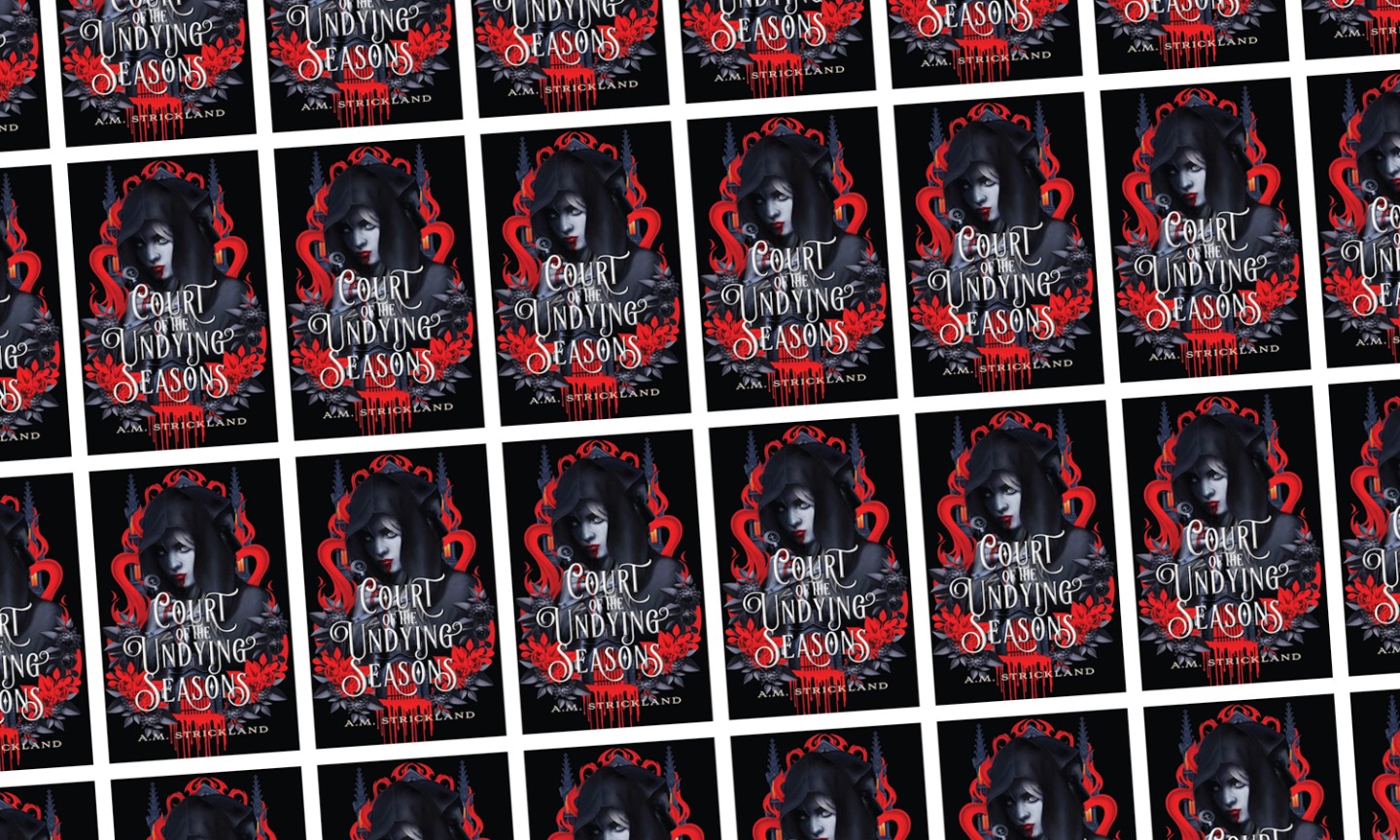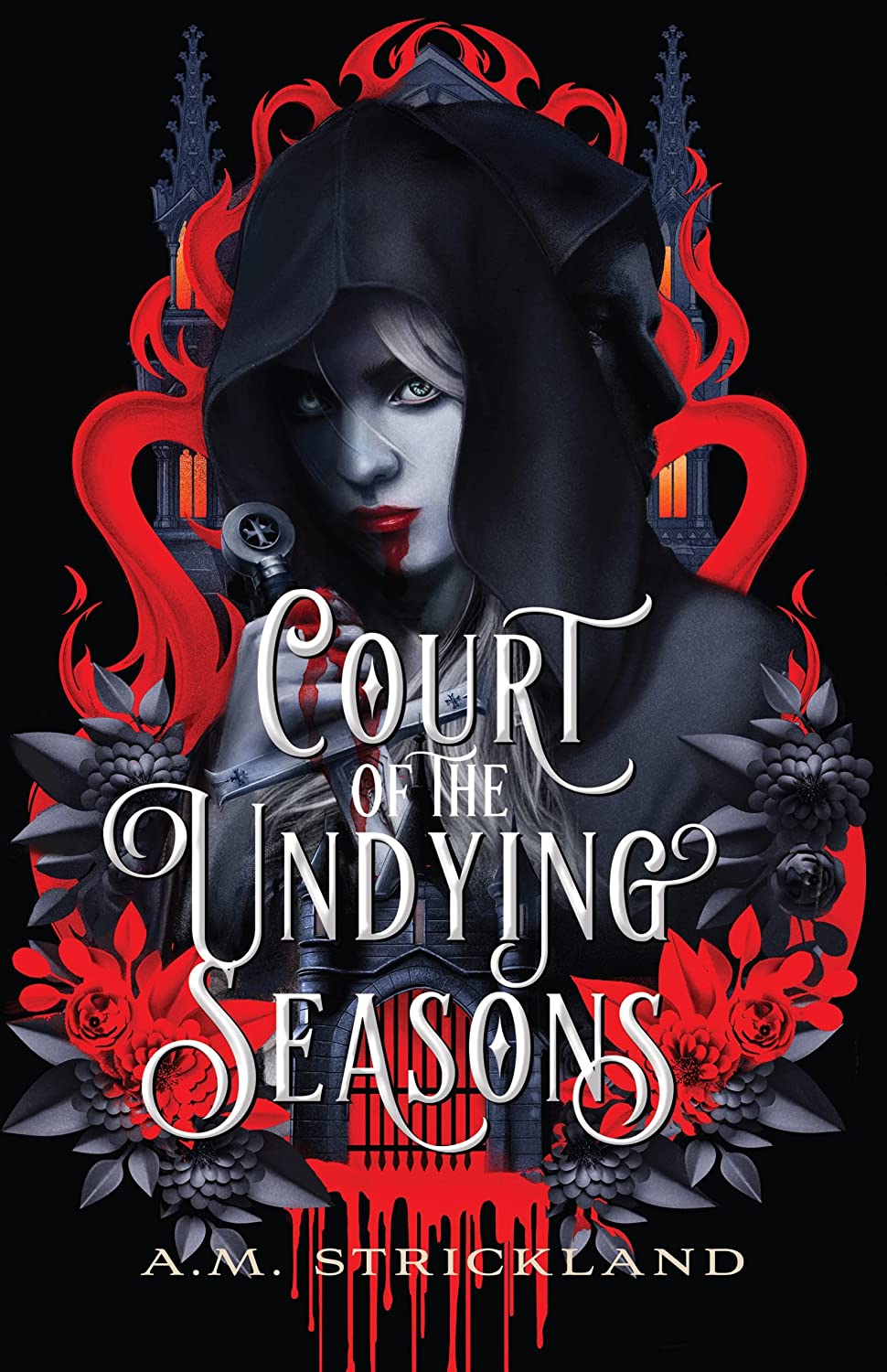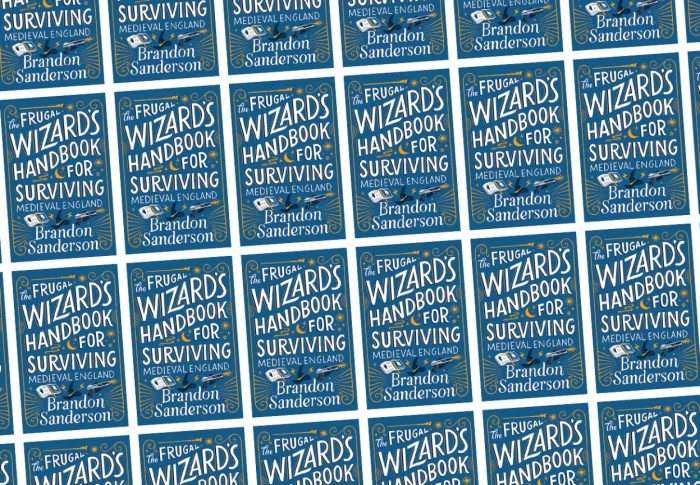
Blood and Romance: Court of Immortal Seasons by AM Strickland
After reading twenty pages of A.M. Strickland’s The Court of the Undead Season, I couldn’t help myself. “School of Vampires and Witchcraft?” I called out into the empty apartment. “Wow.”
It is bold to combine two of the most popular tropes in 21st-century youth literature, each influenced by best-selling but questionable origins. Strickland admits this in their epilogue: “I miss The Vampire Ship, which came and sank as a trend before my writing career began.”
Still, they took the risk – and we were lucky. The resulting story of the Tooth Fairy‘s training is captivating, a dark romantic thriller elevated by an excellent supporting cast and rich world lore.
Court of Undead Seasons tells the gripping story of Fern, a teenage orphan who grew up with a bitter hatred for the vampire who took her mother long ago. When the vampires of the land return to her human village, Fern now faces the same ritual that stole her mother: Discovery, where one of the human youths is chosen at random and given the chance to become one of the undead. In order to save her only friend from what she considers a terrible fate, Fern makes sure she draws a damn fate. This self-sacrifice doesn’t have the effect she’d hoped for, but it does set our heroine on the path to the vampire’s castle, Courtshet.
Though they may attract new chicks from the ranks of mortals, Finn faces vampire contempt for human life from the start. Her journey to a new life is disrupted by a “naughty” attack by a group of flying monsters, who turn out to be shape-shifting blue palace vampires. One of them randomly kills a human outcast and nearly takes Fin’s life. Gavron, the Black Palace vampire, shows up and rescues her, though he acts more out of hatred for his Blue Palace ex-lover, Cahill, than out of sympathy.
However, Gavron transfuses Finn with his own blood in the process of rescuing her, creating an early bond between the two strangers. When the vampire council elects foundlings, irreverent troublemaker Cahill manipulates Gavron into agreeing to be Fern’s vampire “maker” — solidifying a political, physical, and emotional bond that neither of them wanted. In fact, what Fern wants is to take advantage of her inevitable fate and tear down Courthill from the inside. Her vision narrows to one goal: to avenge all humans who have been enchanted, eaten, or murdered by Finn’s vampire kin.
Although Fern never forgot her plans for revenge, she threw herself into learning to survive, which meant learning to be the best vampire she could be. She befriends the powerful and charismatic Marais and earns the respect of some vampire teachers and the enmity of others. Most importantly, Finn struggles with her compulsion to Gavron, who seems equally deeply drawn to her despite his attempts to keep his distance.
When a string of ritualistic murders begins, unlike anything Courthilt has ever seen, the fragile balance Finn has achieved is shattered. She throws herself into a race to find the murderer and protect other outcasts, while trying to avoid the fate of those who fail vampire training: becoming a fascinated servant for the rest of her life.
I can’t put “Court of Immortal Seasons” down. Fern plays a brave, forgetful, impulsive, ambitious young woman who is fascinating and frustrating in the process of figuring out her principles and her future. Her romance with Gavron is slow-burning, full of genuinely surprising twists, and the intricate plot behind the murder mystery is a page-turner. Characters such as the villainous Cahill, the enigmatic Hahn, and the wild Claudia shine brightly, full of their own mysterious histories and agendas.
Part of my interest in the novel stemmed from the queer world Strickland created. Queerness isn’t taboo in this vampire society, where gender non-conforming characters abound, including Fern herself. I love reading a book that doesn’t comment on queer relationships but just lets them exist, without the angst of heterosexuality. That said, I do want to point out that the book’s gender awareness is consistent with secondary sex characteristics. One character using they/them pronouns is androgynous with “no obvious signs of masculinity or femininity”, while another transfigured character uses she/her when her body is traditionally feminine and he/him when his body is traditionally masculine. Of course, this consistency holds true for many, but readers looking for a radical or broad approach to gender studies may be disappointed.
The only flat tone in Season of the Undead is Marais, a remarkable character who unfortunately echoes the image of Fern’s best friend, even though the world of the novel is not as defined as our real world. [Small spoilers ahead.] While Marais’ immediate friendship with Fern makes sense as she finds herself alone in a strangely dangerous situation, she spends a lot of timehelping Finn with little in return. I cheered when Marais rebelled against Fern’s savior complex and gained some space from her white friend’s occasional justice — but then Marais revealed that her distance was actually due to her crush on Fern! Let me just say that I absolutely love Finn as a character, but I wish Marais’ storyline didn’t revolve around Finn’s needs and goals so much.
However, out of respect for Strickland’s efforts in this inclusive and exciting book, I’ll explore a small issue. The fact that Finn creates a family to fight the evil of vampires obsessed with traditional powers and bloodlines is very moving. The novel gracefully acknowledges the importance of biological connections while insisting that they don’t have to define you. It’s a treat to be able to enjoy escapist fantasies built on principles.
For those who enjoy romantic gore and occult horror, I highly recommend Court of Immortal Seasons. Personally, I’m going to read everything else Strickland has written.








Tagged "The Light at the End of the World", Historical Fiction, nationalism, Siddhartha Deb, social upheaval